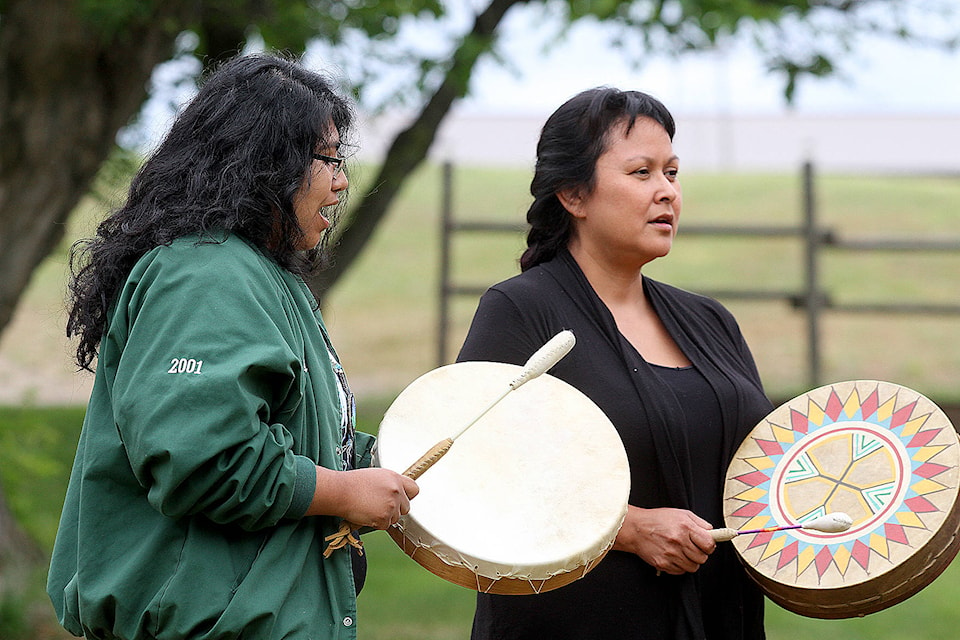It was many years ago that I attended a Splatsin gathering at Salmon River and one of the organizers was touring me around the site. At one point she asked, “How long have your people been here?” “Since 1909,” I replied.” She took the information in and then said, “That’s a long time but not as long as mine.”
That conversation has always stuck with me because as proud as I am of my deep roots in the Okanagan, it was a reminder that there were people here already. Long before the first pioneers arrived, the Okanagan and Splatsin had rich social structures.
All of this comes to mind as we mark National Aboriginal Day today and prepare for Canada’s 150th birthday July 1.
On top of that, this is the 125th anniversary of Spallumcheen and Vernon as municipalities and as these communities grew with their British-based laws and moralities, the transition must have been extremely difficult for the first peoples. Once they freely wandered the valley, but now they were squeezed on to reserves and forced to take what resources Ottawa handed out.
As a kid, I went to school with many Okanagans but we never learned about their culture. Everything that came out of a textbook had a white, European perspective.
My own knowledge of our local indigenous people didn’t start to evolve until I became a reporter 27 years ago, and particularly in 1990 as I sat along Westside Road with members of the Okanagan Indian Band protesting the Oka crisis in Quebec. As frustrated as they were, including with the media, they were open and hospitable. They fed me and introduced me to their families.
Over the years, I have developed friendships with many Okanagan and Splatsin and gained a deep respect for their culture and contributions to our region.
But, of course, I can never truly understand what factors have influenced our modern indigenous communities.
And that was obvious in 2013 when I attended a Truth and Reconciliation hearing in Kamloops. There, victims of residential schools spoke of abuse - physical, sexual and emotional. These were people in their 60s and 70s, but during the hearing, they reverted back to their painful childhoods.
In a column a few days later, I wrote, “I was left wondering how broader society did nothing, said nothing. How could Canadians not have known what was going on? How could such pain and torment be done in the name of God?” I still ask those questions.
But unlike all of those years ago when I was in school and First Nations were not part of the curriculum, things are changing. Today, students at all levels learn about indigenous culture with respect, while the Okanagan and Splatsin languages are being promoted within their communities. Municipalities like Vernon and Spallumcheen work co-operatively with their neighbouring bands.
But as much as the relationship is improving, we, as non-natives, need to do more to acknowledge what happened over the last 150 years, and the daily challenges still facing Canadian First Nations - poverty, substance abuse, a lack of housing, failing water systems and few opportunities.
A lot still needs to happen to restore the balance in our nation and as we celebrate the founding of this nation, now is the time for the talk to stop and action to begin.
